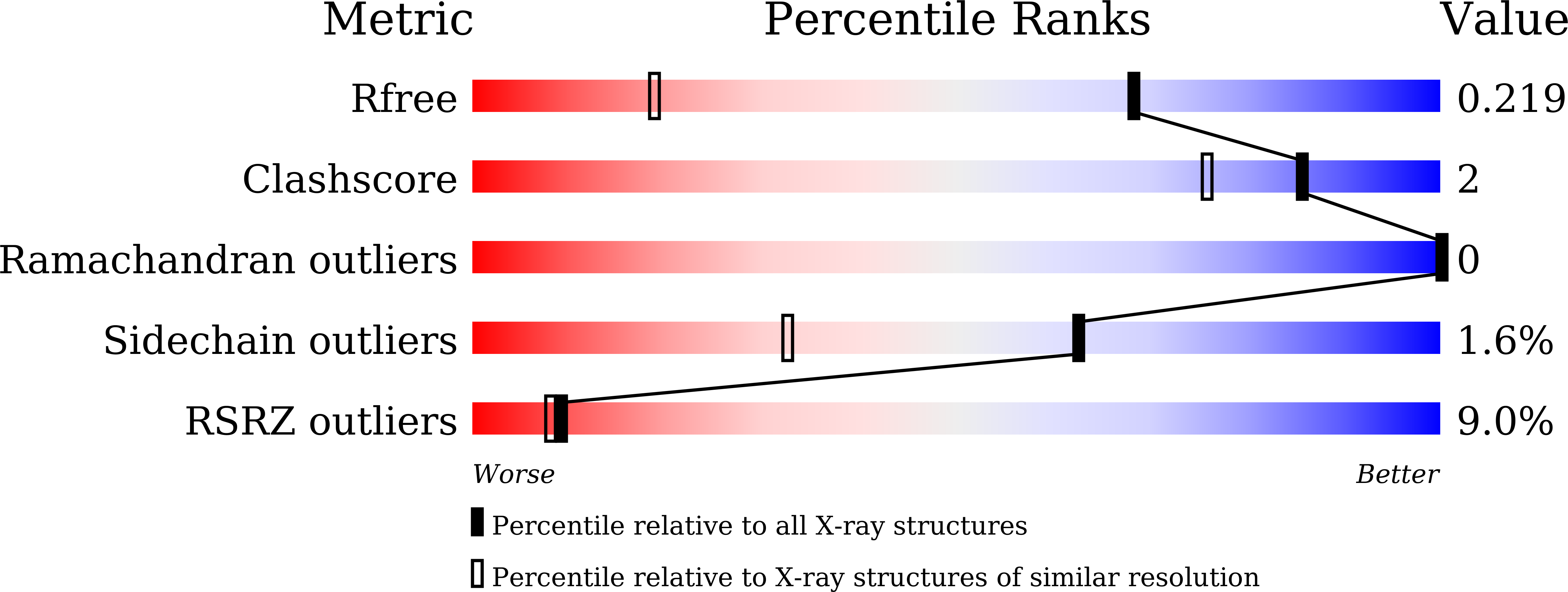
Deposition Date
2019-11-12
Release Date
2020-09-30
Last Version Date
2023-11-22
Method Details:
Experimental Method:
Resolution:
1.41 Å
R-Value Free:
0.21
R-Value Work:
0.19
R-Value Observed:
0.19
Space Group:
C 1 2 1


